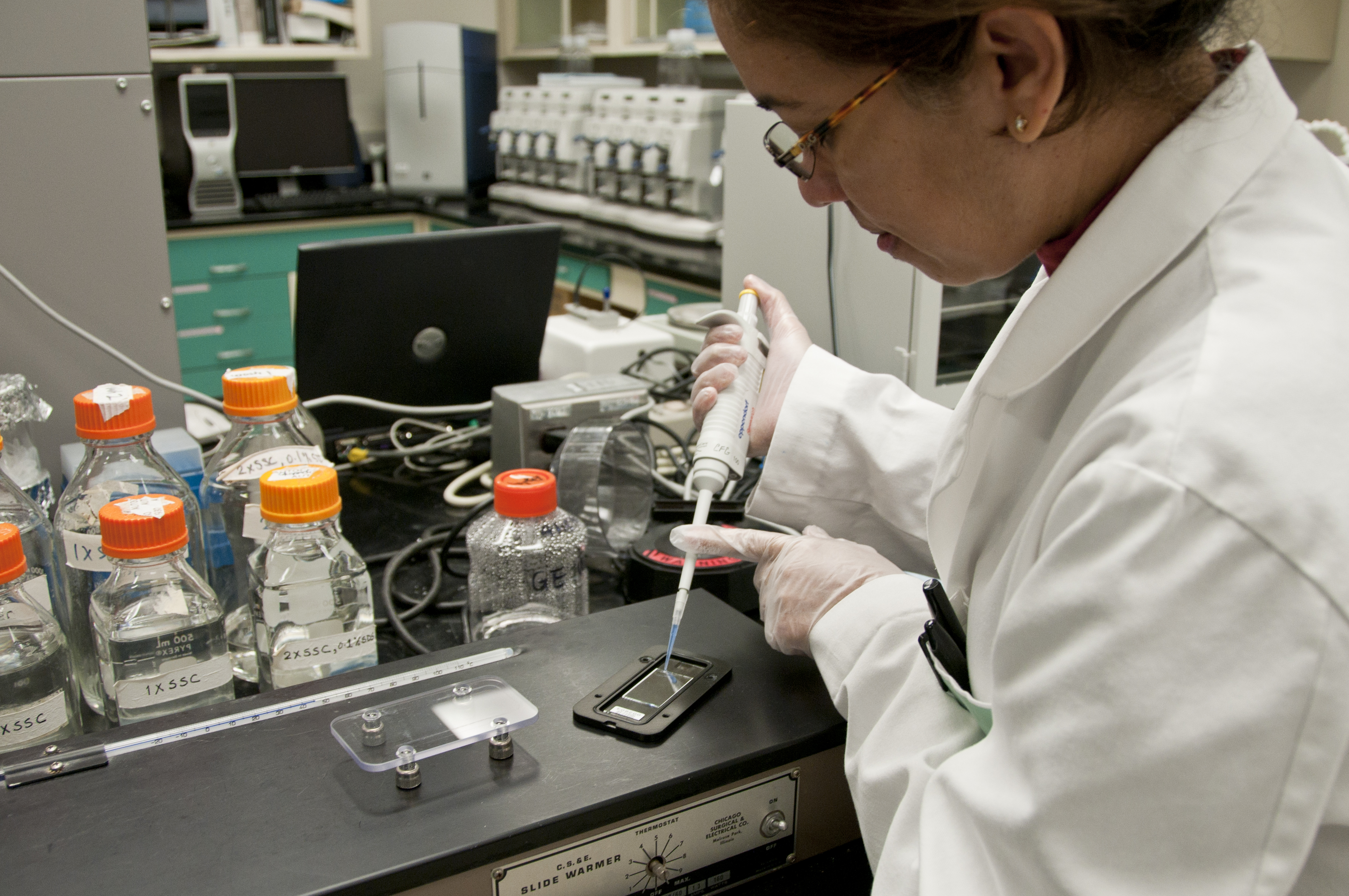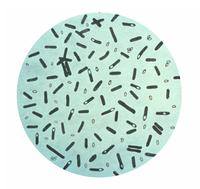
Evaluation of the preventive and therapeutic effects of a recombinant vector co‐expressing prostate‐specific stem cell antigen and Clostridium perfringens enterotoxin on prostate cancer in rats
Sign Up to like & getrecommendations! Published in 2019 at "Biotechnology Progress"
DOI: 10.1002/btpr.2906
Abstract: The effects of Clostridium perfringens enterotoxin (CPE) and prostate stem cell antigen (PSCA) on cancer prevention or treatment have been previously studied separately. For the first time, here we have elaborated a recombinant vector to… read more here.
Keywords: prostate; vector; clostridium perfringens; stem cell ... See more keywords

Synthesis, 18F-labelling and radiopharmacological characterisation of the C-terminal 30mer of Clostridium perfringens enterotoxin as a potential claudin-targeting peptide
Sign Up to like & getrecommendations! Published in 2018 at "Amino Acids"
DOI: 10.1007/s00726-018-2657-9
Abstract: The cell surface receptor claudin-4 (Cld-4) is upregulated in various tumours and represents an important emerging target for both diagnosis and treatment of solid tumours of epithelial origin. The C-terminal fragment of the Clostridium perfringens… read more here.
Keywords: peptide; cld; claudin; clostridium perfringens ... See more keywords

Functionalization of gold-nanoparticles by the Clostridium perfringens enterotoxin C-terminus for tumor cell ablation using the gold nanoparticle-mediated laser perforation technique
Sign Up to like & getrecommendations! Published in 2018 at "Scientific Reports"
DOI: 10.1038/s41598-018-33392-0
Abstract: A recombinant produced C-terminus of the C. perfringens enterotoxin (C-CPE) was conjugated to gold nanoparticles (AuNPs) to produce a C-CPE-AuNP complex (C-CPE-AuNP). By binding to claudins, the C- CPE should allow to target the AuNPs… read more here.
Keywords: gold nanoparticles; cpe aunp; perfringens enterotoxin; cell ... See more keywords

NanH Is Produced by Sporulating Cultures of Clostridium perfringens Type F Food Poisoning Strains and Enhances the Cytotoxicity of C. perfringens Enterotoxin
Sign Up to like & getrecommendations! Published in 2021 at "mSphere"
DOI: 10.1128/msphere.00176-21
Abstract: Clostridium perfringens type F strains cause the second most common bacterial foodborne illness in the United States. C. perfringens enterotoxin (CPE) is responsible for the diarrhea and cramping symptoms of this food poisoning (FP). Previous… read more here.
Keywords: cpe; perfringens enterotoxin; food poisoning; clostridium perfringens ... See more keywords

Use of Modified Clostridium perfringens Enterotoxin Fragments for Claudin Targeting in Liver and Skin Cells
Sign Up to like & getrecommendations! Published in 2019 at "International Journal of Molecular Sciences"
DOI: 10.3390/ijms20194774
Abstract: Claudins regulate paracellular permeability in different tissues. The claudin-binding domain of Clostridium perfringens enterotoxin (cCPE) is a known modulator of a claudin subset. However, it does not efficiently bind to claudin-1 (Cldn1). Cldn1 is a… read more here.
Keywords: cldn1; clostridium perfringens; ccpe; perfringens enterotoxin ... See more keywords

Clostridium perfringens Enterotoxin: The Toxin Forms Highly Cation-Selective Channels in Lipid Bilayers
Sign Up to like & getrecommendations! Published in 2018 at "Toxins"
DOI: 10.3390/toxins10090341
Abstract: One of the numerous toxins produced by Clostridium perfringens is Clostridium perfringens enterotoxin (CPE), a polypeptide with a molecular mass of 35.5 kDa exhibiting three different domains. Domain one is responsible for receptor binding, domain… read more here.
Keywords: clostridium perfringens; toxin forms; cpe channels; perfringens enterotoxin ... See more keywords

Innovative and Highly Sensitive Detection of Clostridium perfringens Enterotoxin Based on Receptor Interaction and Monoclonal Antibodies
Sign Up to like & getrecommendations! Published in 2021 at "Toxins"
DOI: 10.3390/toxins13040266
Abstract: Clostridium perfringens enterotoxin (CPE) regularly causes food poisoning and antibiotic-associated diarrhea; therefore, reliable toxin detection is crucial. To this aim, we explored stationary and mobile strategies to detect CPE either exclusively by monoclonal antibodies (mAbs)… read more here.
Keywords: detection; monoclonal antibodies; clostridium perfringens; perfringens enterotoxin ... See more keywords